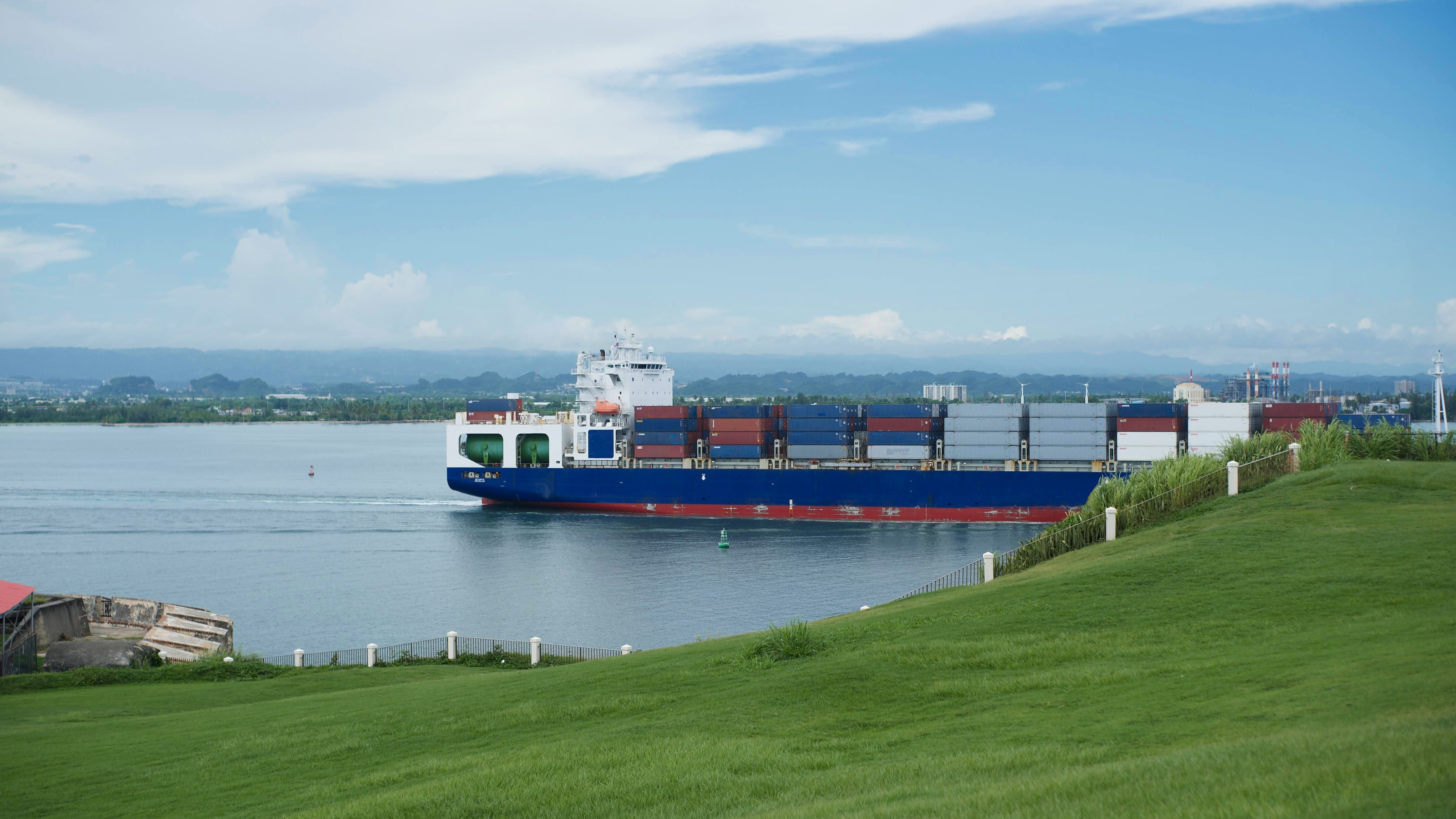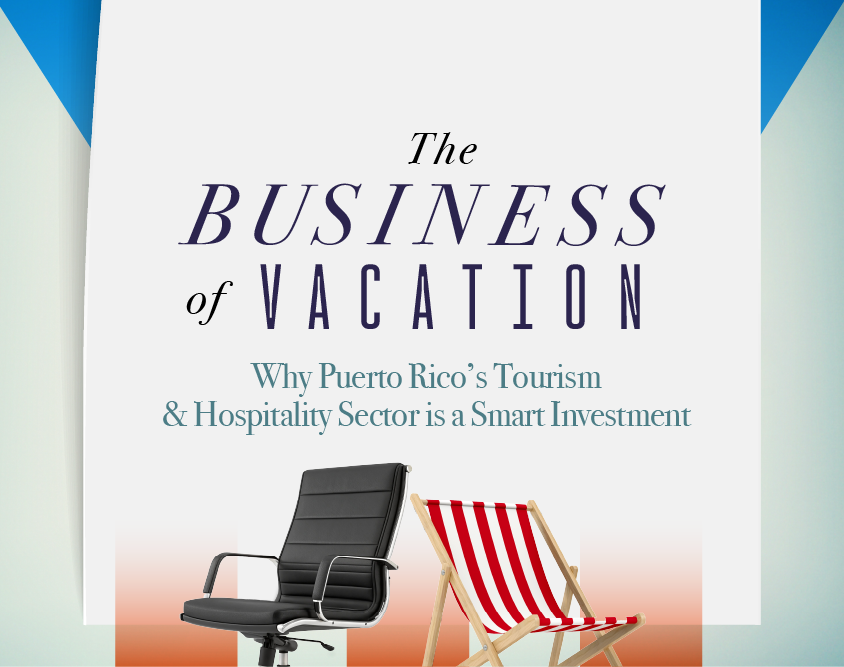
Originally published in Chief Executive
U.S. manufacturers gain greater control of and visibility into their supply chains, as well as access to a robust STEM talent pool, with this island option.
It hasn’t been an easy few years for U.S. manufacturers. Since the early days of the pandemic, a perfect storm of challenges—labor shortages, changing consumer buying patterns, geopolitical unrest—has strained the global supply chain, leaving companies forced to guess at the timing for supply delivery and order fulfillment.
“China’s zero-Covid policy made it very difficult to bring product over in real time,” says Robert Salcedo, CEO of OcyonBio. “If your manufacturing is there, that cost you a lot of pain and agony.”
For OcyonBio, which develops cell and genetic treatments for different types of cancer, the central nervous system and other degenerative diseases such as Alzheimer’s, those kinds of delays present serious risks beyond the inconvenience of late shipments. “If our patients don’t get the products they need, that creates a significant health issue for them,” says Salcedo. But because the company’s manufacturing operations are located on U.S. soil, in Aguadilla, Puerto Rico, it has not had to cope with the worst of the global supply chain shortages.
It has also enjoyed other key advantages. “As a U.S. jurisdiction, we offer the same level of operational security, of stability, all the frameworks and protections that you’d expect from the U.S., including intellectual property and patent protection,” says Ella Woger, CEO of Invest Puerto Rico, the island’s official business attraction organization. “I often say that in Puerto Rico we speak three languages: English, Spanish and GMP,” she adds, referring to the Good Manufacturing Practice regulations promulgated by the U.S. Food and Drug Administration.
As manufacturers have sought more control of and visibility into their supply chains, the U.S. has seen a surge in reshoring and nearshoring. Already, 79 percent of executives who have manufacturing operations in China have moved part of their operations to the U.S. or plan to do so in the near future, according to the Kearney 2021 Reshoring Index, and the Deloitte “Future of Freight” report estimates that American firms will reshore close to 350,000 jobs in 2022—an increase of 25 percent from 260,000 in 2021.
In response to that growing demand, OcyonBio, in addition to its own biologics, is acting as a partnership development and manufacturing organization (PDMO), providing other companies with 200,000 square feet of autonomous space for R&D and manufacturing. “So they don’t have to build the facility,” says Salcedo. “They can lease the space on our campus, get access to quality systems and infrastructure and run as they see fit.”
Reshoring in Puerto Rico has a slew of other advantages for bioscience companies and makers of pharmaceuticals, medical devices and high-tech equipment. “We’ve been a global bioscience industrial powerhouse for decades and decades,” says Woger, noting that half of the island’s total GDP of $106 billion comes from manufacturing, and the majority of that is from pharma and medical devices. As the largest exporter of biopharmaceuticals in the United States, totaling more than $50 billion, “we are well positioned to serve international supply chain needs,” she says, adding that Puerto Rico is home to home to 46 FDA-approved pharmaceutical manufacturing facilities, and 11 out of the world’s top 20 pharma and medical device companies have manufacturing facilities in Puerto Rico, including Amgen, Johnson & Johnson, Pfizer, Becton Dickinson, Medtronic, and Boston Scientific, among other large-scale manufacturers. “And because it’s a smaller footprint here, there are networking opportunities every single day. There’s just an ecosystem of like-minded individuals with whom you can exchange ideas—that’s extremely exciting,” Woger says. “There is really no better place to reshore pharma, medical device and bioscience operations than here.”
The territory’s multi-decade focus on both pharmaceuticals and technology has resulted in an outsized population of high-level talent in the field—a priority for CEOs searching for a U.S. home. Half of university graduates in Puerto Rico hold a STEM degree, outpacing the national average by 20 percent. “We graduate 25,000 STEM graduates a year from this little island. That’s seven times more than California, 32 times more than New Jersey,” says Salcedo, adding that Puerto Rico boasts the second-largest concentration of women engineers in the country.
The territory also ranks sixth in the world in terms availability of scientists and engineers and is home to over 80 institutions of higher learning, including the University of Puerto Rico-Mayagúez, which is a leading producer of scientists and engineers for NASA. “If you speak to the bioscience companies already on the island, they will say that one of the biggest reasons they have operations here is because of the quality of the talent,” says Woger.
That was also true for Amazon Web Services, which last year opened a new office in San Juan to support the rapid adoption of cloud computing in Puerto Rico and the rest of the Caribbean. Part of what drew the company was the solid pipeline for talent, says Gerardo Martinez, Head Central America, Caribbean and Andean Region and MCO at AWS. “Puerto Rico stands out for its excellent human capital and competitiveness” as well as a commitment to digital transformation, he adds. In an effort to help develop even more tech talent on the island, AWS partnered with the Department of Economic Development and Commerce (DEDC) and Ana G. Mendez University (UAGM) to launch the re/Start workforce development training program, which will provide students with cloud computing skills and job training. “The program is free to the learner and focused on helping unemployed or underemployed individuals launching a new career,” says Martinez.
To be sure, one of the biggest challenges for those seeking to reshore or nearshore has been finding enough skilled labor to service operations at a cost that won’t break the budget. With historically low unemployment across the 50 states, along with rising inflation, that’s been an uphill climb—but in Puerto Rico, cost of living is considerably lower, which means a typical hire will cost roughly 20 percent less than in states like New York or New Jersey, and 40 percent less than California, says Salcedo.
Cost of operations is cheaper in other ways too, thanks to some aggressive incentives. For example, raw materials for a commercial product are purchased with zero taxes, “so that’s a minimum 12 percent savings,” Salcedo says. On top of that, every dollar spent on R&D for pre-commercial work earns 50 cents back. “And if you’re buying equipment for that R&D, you get 65 cents back for every dollar. So if you stack up all those benefits across the manufacturing spend, your program could have an operating cost of about 45 percent of what you’d have on the mainland. That allows us to compete directly with India and China on a dollar-for-dollar basis.”
Perhaps the biggest challenge Puerto Rico has today is dispelling the myth that the territory is uniquely vulnerable to weather events. Woger points out that because of Puerto Rico’s history with hurricanes, the island’s companies have developed solid business continuity and contingency plans to handle them. “Resilience is such a buzzword, but if there is a jurisdiction that has proven its resilience, it’s Puerto Rico,” she says.
Salcedo agrees, pointing to a six-month store of energy at his facility, plus a backup generator that can run for 65 days without interruption. “We also have solar, and enough water to run for a year,” he says. “The last hurricane we had, our company was up and running an hour later. We designed our facilities to have the infrastructure reliability—it’s as natural here as having heating in the [mainland] U.S.”
But he chalks up the perception issue to a general lack of awareness about the region. “I was talking to a CEO in San Diego—he thought he needed a passport to come here,” says Salcedo. “He also asked me for the exchange rate.”
But when executives visit, they’re able to see the reality on the ground. They can also see the positives of the weather in Puerto Rico, and the tranquil lifestyle it affords. “My office is 20 minutes from the beaches of Rincon,” says Salcedo.
With the year-round balmy weather, outdoor enthusiasts have everything they need, says Woger. “Puerto Rico offers a unique lifestyle—from the surf, beaches and golf to the food, entertainment and culture—there is something for everyone to enjoy. You get to work hard, play hard and live in a tropical paradise.”



